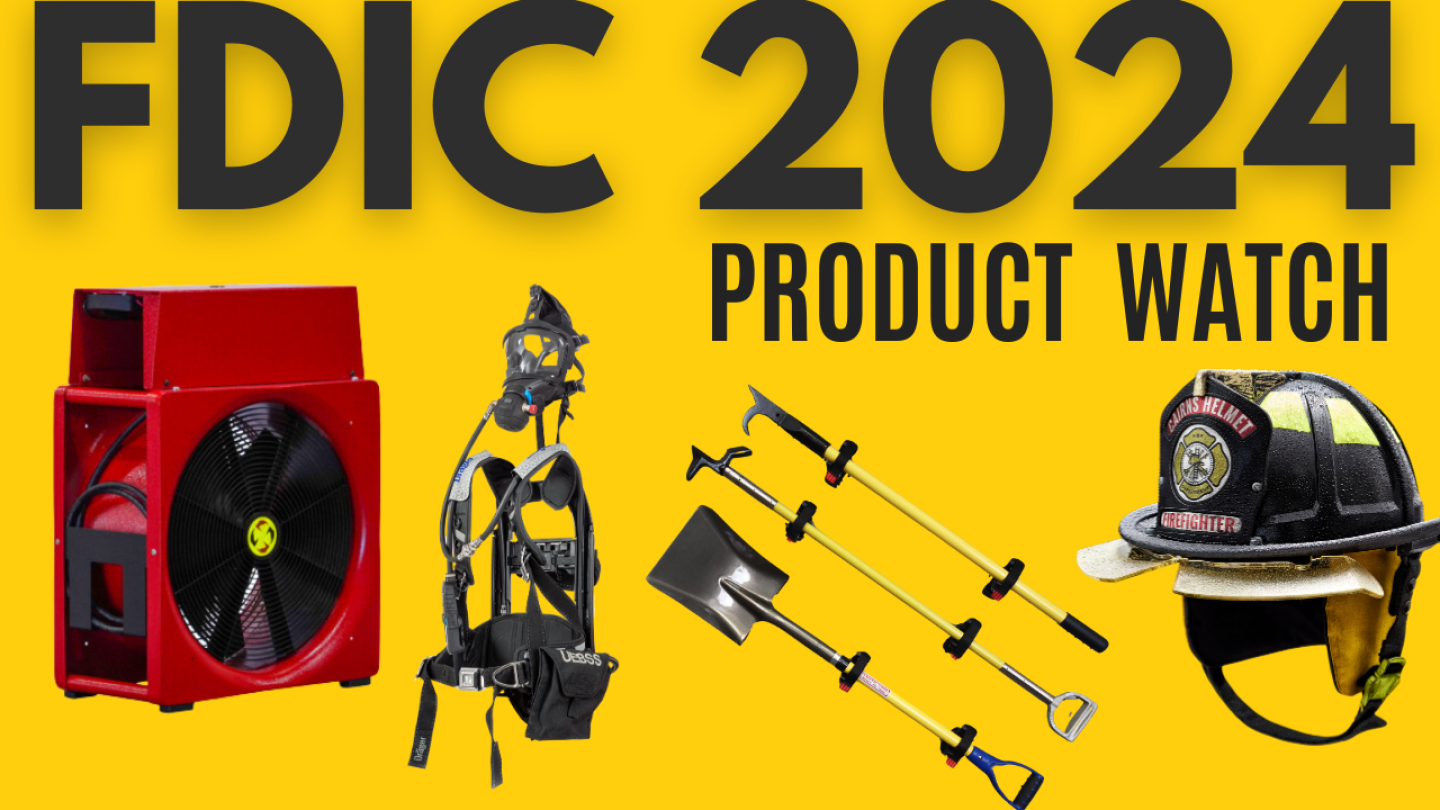EMS Products
The exhibit hall features thousands of products and services for fire departments and EMS agencies
From innovative stoves to music and lighting for ambience, here’s your ultimate guide to a memorable campfire gathering
Better sleep is the best first responder countermeasure to shift work and fatigue
The proposal would use drones to bring supplies to people in medical emergencies; drones would be designed for specific situations like choking or cardiac arrest
Share information about your department’s plans to buy AEDs by filling out our survey
Share the features your department looks for when purchasing a new or used ambulance
Submit comments on the CAAS Ground Vehicle Standard revisions by July 1
Share your plans to purchase a new computer-aided dispatch system to transition to NG911 technology
The county’s EMS chief describes the cheaper, lighter and more compact vehicle that includes unique safety features as “the most innovative ambulance design in 40 years”
Drones are being used for comprehensive data collection and mapping of the destruction to aid in damage assessment and rescue efforts in the wake of the disaster
Public safety agencies across the country are using mobile apps to try to improve responses to medical emergencies and save lives
The “BackSafe” system is now ready for market and allows a driver and spotter to communicate by color code over two wireless devices
Federally-sponsored research found an improvement in one-year survival rate for patients that had CPR performed with the device compared to a control group
The national EMS conference in Baltimore spotlights the opportunities for EMS to move forward and the important challenges EMS professionals face
The Podmedic highlights three of his favorite products from EMS Today 2015
Memphis Fire purchased four devices that connect responders to live interpreters of 180 different languages with the touch of a button
MedEx is the first in the country to implement the telemedicine technology on ambulances
The technology aims to connect EMTs to doctors who can make informed decisions and avoid an unnecessary ambulance trip to a hospital, often 50 miles away
Emergency responders will trial a microwave-imaging helmet designed to detect strokes and other traumatic brain injuries before the patient gets to a hospital
Officials ask how 911 call was routed to Ontario; efforts to resuscitate the 8th grader were unsuccessful
EMTs and paramedics from Minnesota and Wisconsin gathered in Duluth to learn about EMS products and earn continuing education
A new supraglottic airway device is introduced about once a year, and are widely used in the pre-hospital environment because of their simplicity, speed of insertion, and efficacy

















